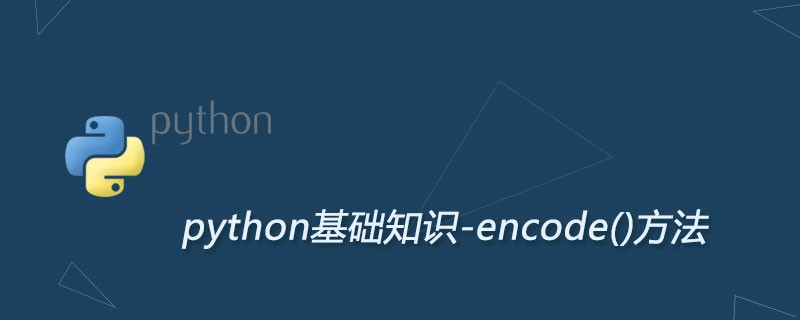Python encode()方法

描述
Python encode() 方法以 encoding 指定的编码格式编码字符串。errors参数可以指定不同的错误处理方案。
语法
encode()方法语法:
string.encode(encoding='UTF-8',errors='strict')
参数
encoding — 要使用的编码,如"UTF-8"。
errors — 设置不同错误的处理方案。默认为 'strict',意为编码错误引起一个UnicodeError。 其他可能得值有 'ignore', 'replace', 'xmlcharrefreplace', 'backslashreplace' 以及通过 codecs.register_error() 注册的任何值。
返回值
该方法返回编码后的字符串。
实例
以下实例展示了encode()方法的实例:
#!/usr/bin/python
string = "this is string example....wow!!!";
print "Encoded String: " + string.encode('base64','strict')
以上实例输出结果如下:
Encoded String: dGhpcyBpcyBzdHJpbmcgZXhhbXBsZS4uLi53b3chISE=
来源:PY学习网:原文地址:https://www.py.cn/article.html

